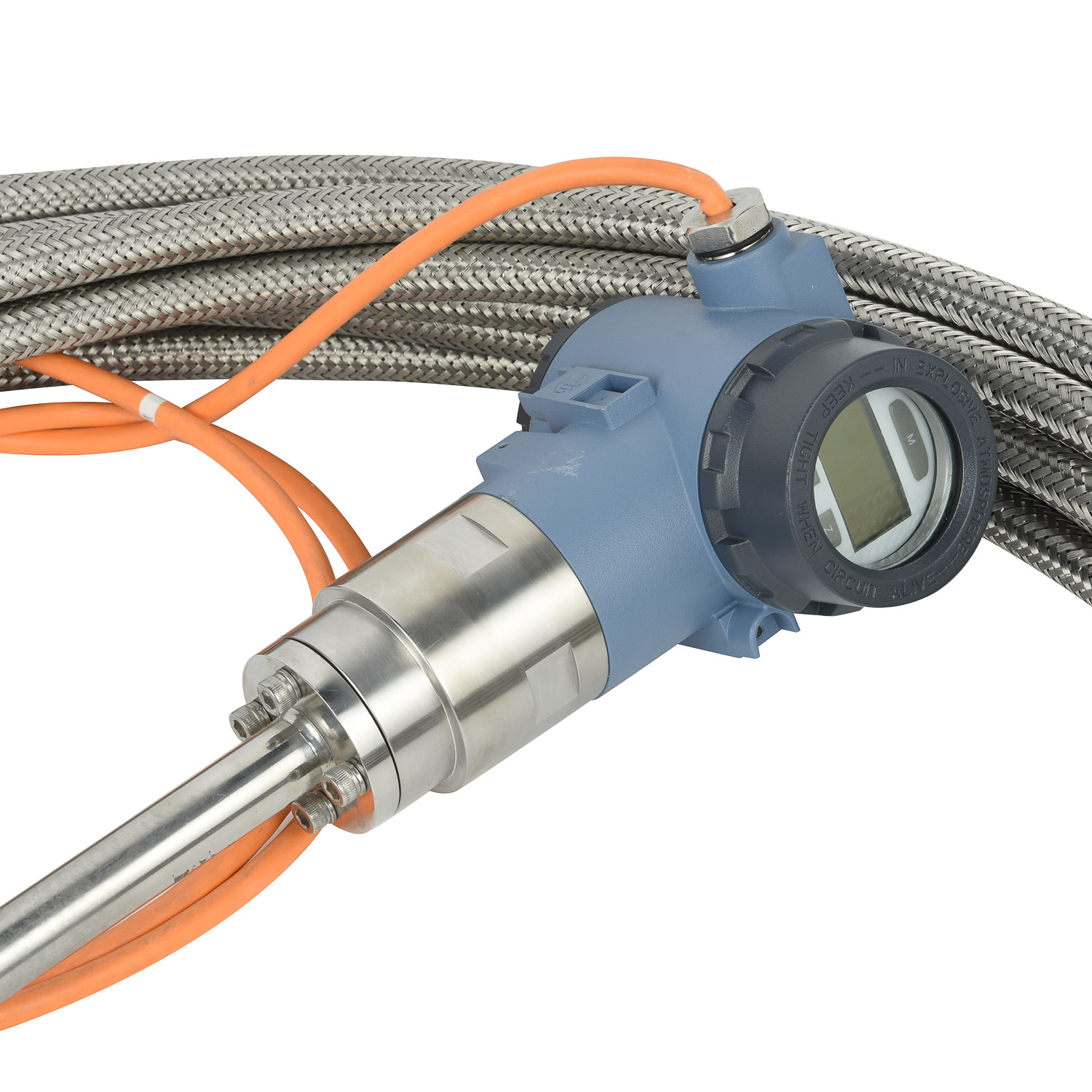How to achieve quick installation of magnetostrictive sensors?
Understanding Magnetostrictive Sensor Fundamentals
Magnetostrictive sensors operate on the principle of magnetostriction, where a ferromagnetic material changes shape in response to a magnetic field. These sensors precisely measure position or level by calculating the time difference between an electrical pulse sent through a waveguide and the return signal from a permanent magnet. This technology offers exceptional accuracy and reliability for industrial applications. Understanding this basic operating principle is crucial for proper installation, as it informs correct positioning and alignment requirements.

Pre-Installation Planning and Preparation
Thorough preparation is the cornerstone of rapid sensor installation. Begin by reviewing the manufacturer's specifications and installation manual specific to your sensor model. Verify that you have all necessary components, including the sensor, mounting hardware, wiring, and any specialized tools. Confirm the installation environment meets requirements for temperature, pressure, and potential chemical exposure. Create a clear workspace and ensure power is safely isolated before beginning work. This proactive approach prevents interruptions and delays during the actual installation process.
Optimal Mounting Techniques for Rapid Deployment
For swift installation, focus on precise mounting. Ensure the mounting surface is clean, flat, and structurally sound. Use the correct gaskets or seals if the sensor is installed in a pressurized or hazardous environment. Align the sensor accurately according to the measurement requirements; for level sensing, this often means ensuring perfect vertical alignment. Utilize pre-drilled templates if provided by the manufacturer to speed up the process. Secure the sensor firmly but avoid over-tightening, which can damage the housing or affect measurement accuracy.
Efficient Wiring and Electrical Connection
Streamline electrical connections by carefully following the wiring diagram. Use appropriately sized cables and conduit for the application. Label all wires clearly to avoid confusion during connection. Ensure power sources match the sensor's voltage and current specifications exactly. Implement proper grounding techniques to shield the sensor from electrical noise, which is critical for signal integrity. For quick-connect systems, listen for an audible click to confirm a secure connection. Double-check all terminations before applying power to prevent damage.
Streamlined Calibration and Configuration Process
Modern magnetostrictive sensors often feature simplified calibration. After installation, power on the system and access the configuration menu via the local interface or software. Follow the guided setup procedure, which may involve setting measurement units, defining the stroke length, or establishing zero and full-scale points. Many sensors offer auto-calibration features that drastically reduce setup time. Verify the initial readings against a known reference to ensure accuracy before putting the system into full operation.
Troubleshooting Common Installation Hurdles
Even with careful planning, issues can arise. If the sensor provides no signal, first verify power supply and wiring connections. Erratic readings often stem from improper grounding or electromagnetic interference. Check for mechanical issues like binding or misalignment of the moving magnet. Consult the manufacturer's troubleshooting guide for error codes. Having a multimeter and basic tools on hand allows for rapid diagnosis and resolution of common problems, minimizing downtime.
Best Practices for Long-Term Performance and Reliability
To maintain the benefits of a quick installation, adhere to long-term best practices. Schedule regular inspections to check for loose mounting hardware or cable wear. Keep the sensor and its environment clean from debris and moisture. Periodically validate calibration to ensure ongoing accuracy. Document the installation details and any configuration changes for future reference. Following these guidelines ensures the sensor delivers reliable performance throughout its service life, protecting your initial installation investment.
 UpgradingYourLevelMeasurementS
UpgradingYourLevelMeasurementS
 Why are magnetostrictive level
Why are magnetostrictive level
 ComparingMagnetostrictiveandRa
ComparingMagnetostrictiveandRa
 MagnetostrictiveLevelSensorfor
MagnetostrictiveLevelSensorfor
